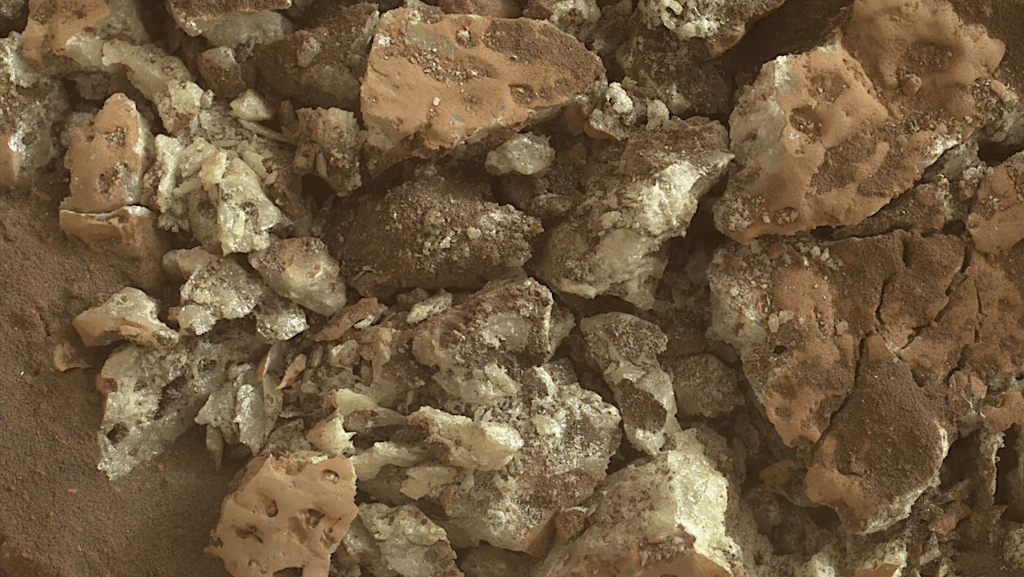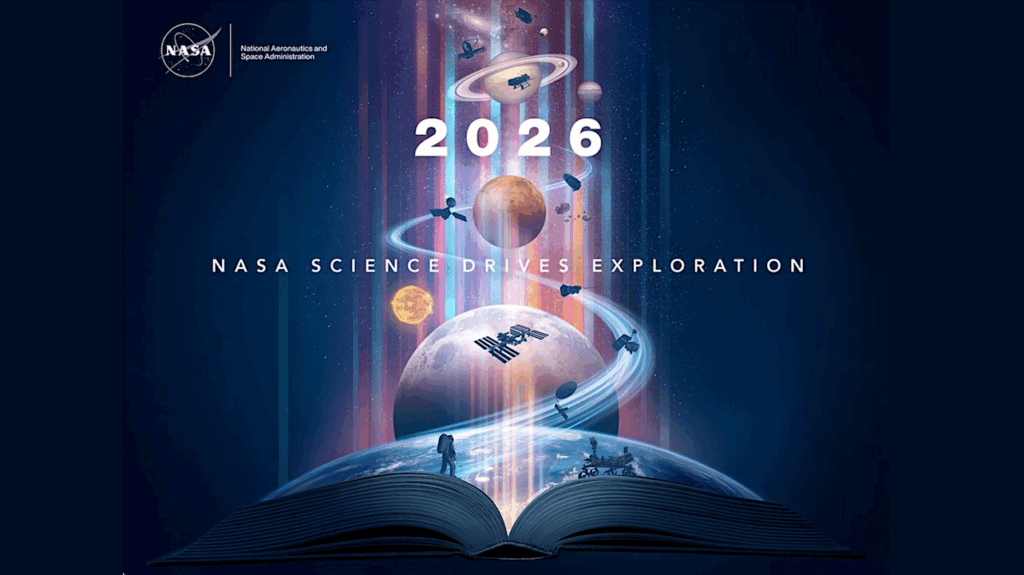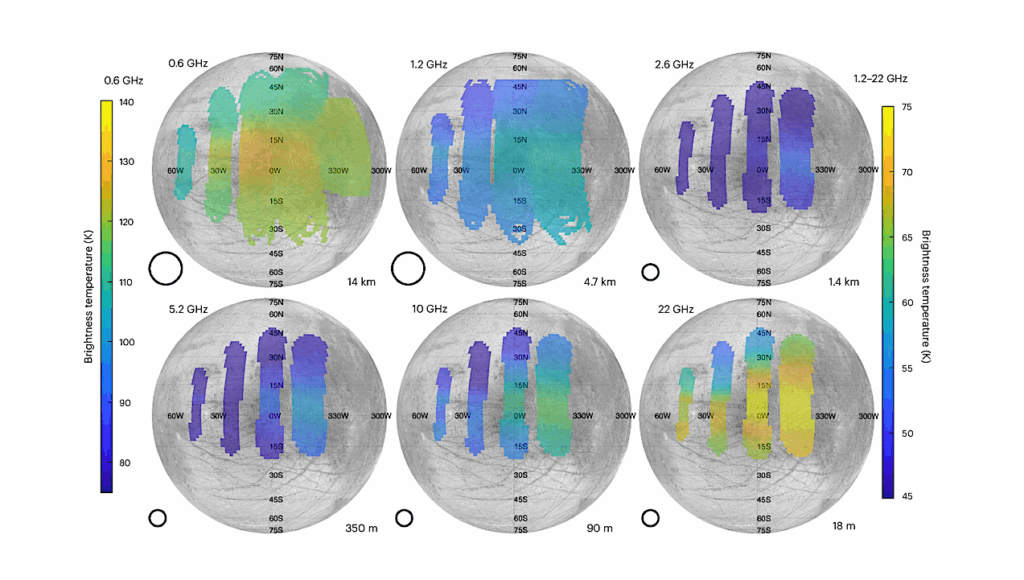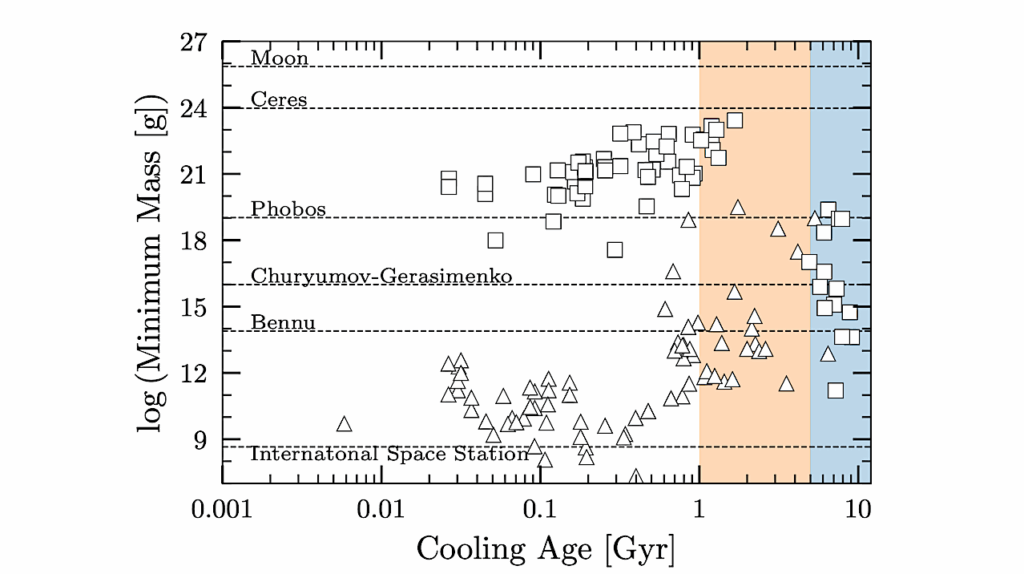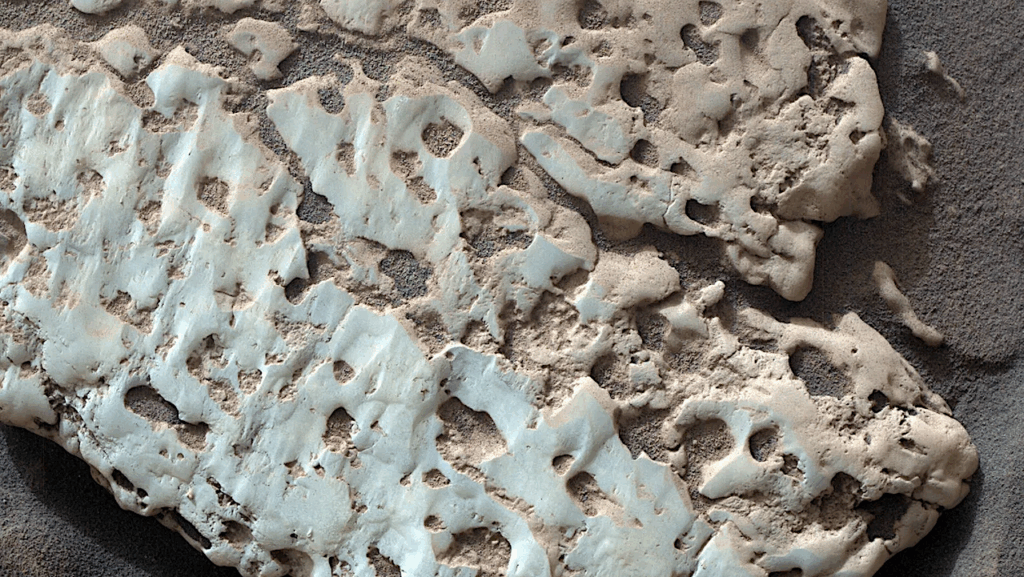Large Impact Features on Ganymede and Callisto as Revealed by Geological Mapping and Morphometry
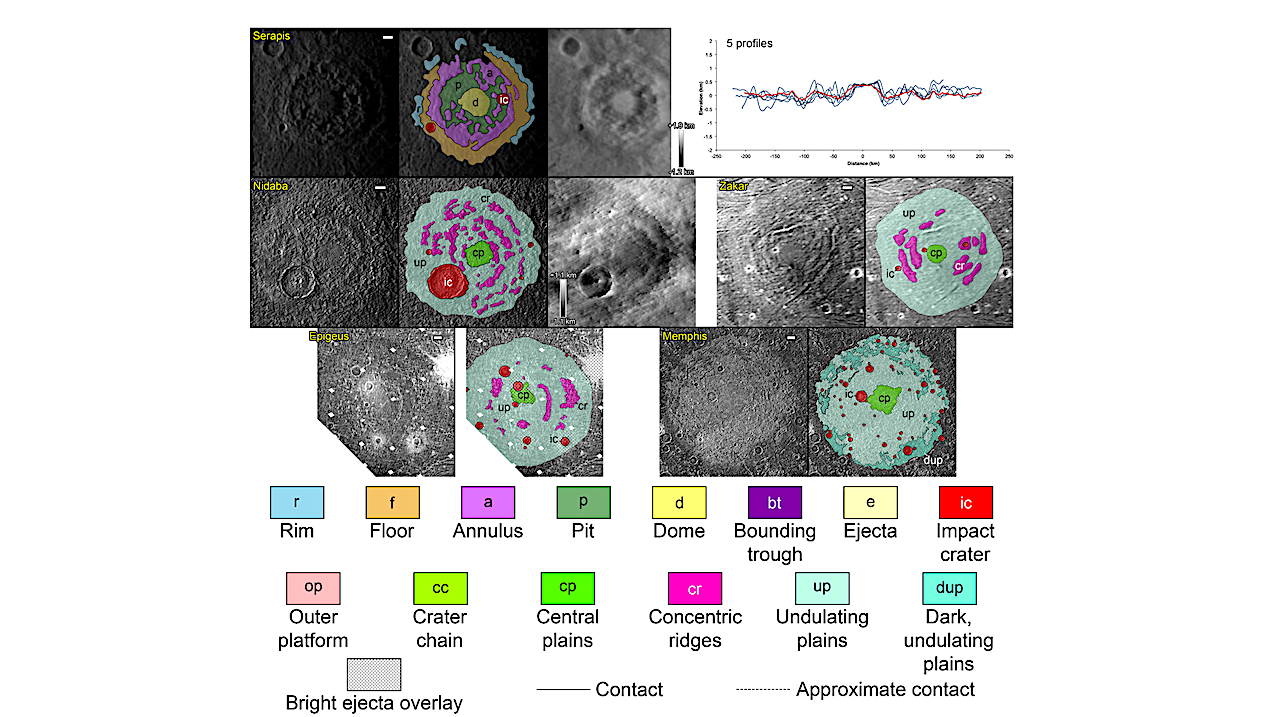
We have performed topographic and geological mapping of 19 large impact features on Ganymede and Callisto in order to gather morphometric and crater age data that allow us to quantify how the diverse morphologies of these features transition with size and age.
The impact features are divided into two main morphological groups, craters and penepalimpsests/palimpsests. The morphologies of pit and dome craters are independent of age or geologic context, indicating that the impacts that formed them were small enough to only ever penetrate into a cold, rigid ice layer, with evolution of a pocket of impact melt contributing to the development of their central pits and surrounding raised annuli, while the domes formed mainly via viscous relaxation of the pit topography.
The subdued rims of anomalous dome craters indicate the increasing effect of a warm subsurface ice layer on impact feature morphology with increasing size. The low topographic relief of penepalimpsests and palimpsests indicates that these impacts penetrated the ice shell to liberate large volumes of underlying, pre-existing liquid. Penepalimpsests show a higher frequency of concentric ridges within their interiors, indicating a more robust subsurface state that could support the rotation and uplift of solid material during impact.
The size and age overlap of anomalous dome craters, penepalimpsests, and palimpsests, with a few impact features appearing to be transitional between anomalous dome craters and penepalimpsests, indicates that impactor size, time of impact, and variation in temperature gradient across the satellite are all factors in determining which of these morphologies emerges.
Oliver L. White, Jeffrey M. Moore, Paul M. Schenk, Donald. G. Korycansky, Andrew J. Dombard, Martina L. Caussi, Kelsi N. Singer
Subjects: Earth and Planetary Astrophysics (astro-ph.EP)
Cite as: arXiv:2403.13912 [astro-ph.EP] (or arXiv:2403.13912v1 [astro-ph.EP] for this version)
Submission history
From: Oliver White
[v1] Wed, 20 Mar 2024 18:31:15 UTC (18,842 KB)
https://arxiv.org/abs/2403.13912
Astrobiology,



